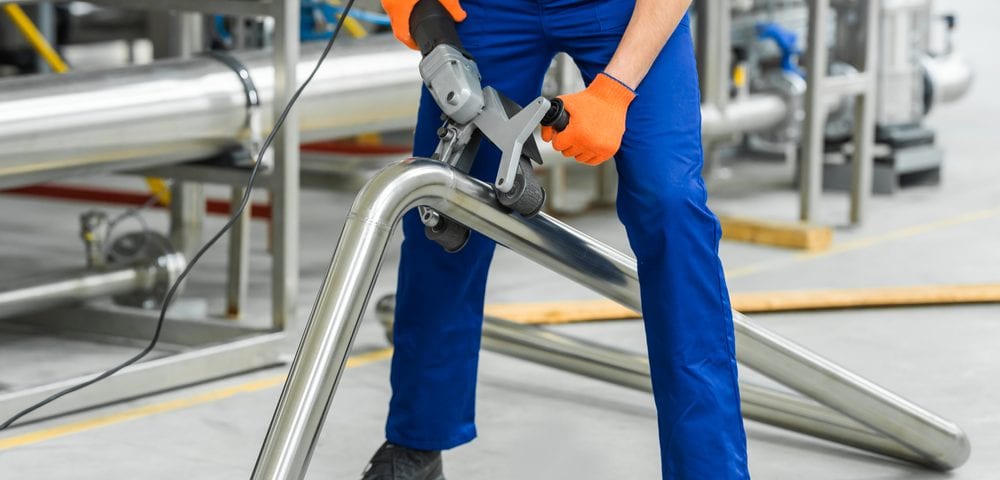Welded Vs. Seamless Tube: Composition and Common Uses

Welded Vs. Seamless Tube: Basics and Cost Factors
February 5, 2021
Metal and Steel Sheet: Characteristics and Varied Types
February 19, 2021In part one of this two-part blog series, we went over some basics on welded versus seamless tube in the metal world. Both for steel and other metal formats, these are two different formats for manufacturing metal tube, with applications that may vary significantly between which is used.
At Wasatch Steel, steel tubing is just one of several areas we’re happy to assist clients with, along with areas like steel plate, steel sheet and many other options. We’ll work with you not only to find the ideal steel format for your project, but also to identify the optimal manufacturing method and other finishing processes so you’re left in great shape for any job you’re facing. Here are some further pieces of information on the differences between welded and seamless steel tube, including the areas where they’re commonly utilized in practical use.
Composition and Qualities
While welded tube is the more affordable option of the two, as we went over in part one of our series, seamless tube tends to show benefits when it comes to composition and use qualities. For starters, seamless tube will be uniform in composition – it has no welded seam, meaning every piece will be virtually identical instead of having noticeable differences based on the weld.
There are also other basic use benefits of seamless tube. It has higher corrosion resistance and tensile strength than most equivalent welded tube would, plus has greater resistance to pressure placed on it. Seamless tubes are also able to be manufactured with thicker walls than welded formats, which allows for a greater range of common uses.
Standard Uses of Welded Tube
There are a number of applications out there that do not require extreme service, but do need accurate dimensions at all times – think about architecture, for instance. In these areas, plus in those where affordable parts that can be manufactured quickly are important, welded tube is your best bet. It offers itself most easily to repeatable projects that will not break the bank.
Standard Uses of Seamless Tube
For areas where strength and durability requirements are high, however, seamless tube is usually the way to go. These products come with much higher strength ratings and ability to hold up to pressure, as we went over above, and as such they’re the top choice for industries like machinery, factory work and others.
Another situation where seamless tube is often used is in conditions that require corrosion resistance, such as oil and gas extraction or chemical processing. Because seamless tube is far more efficient in this area than welded tube, it will almost always be the preferred choice here.
For more on seamless tube versus welded tube, or to learn about any of our steel products or steel services, speak to the staff at Wasatch Steel today.



